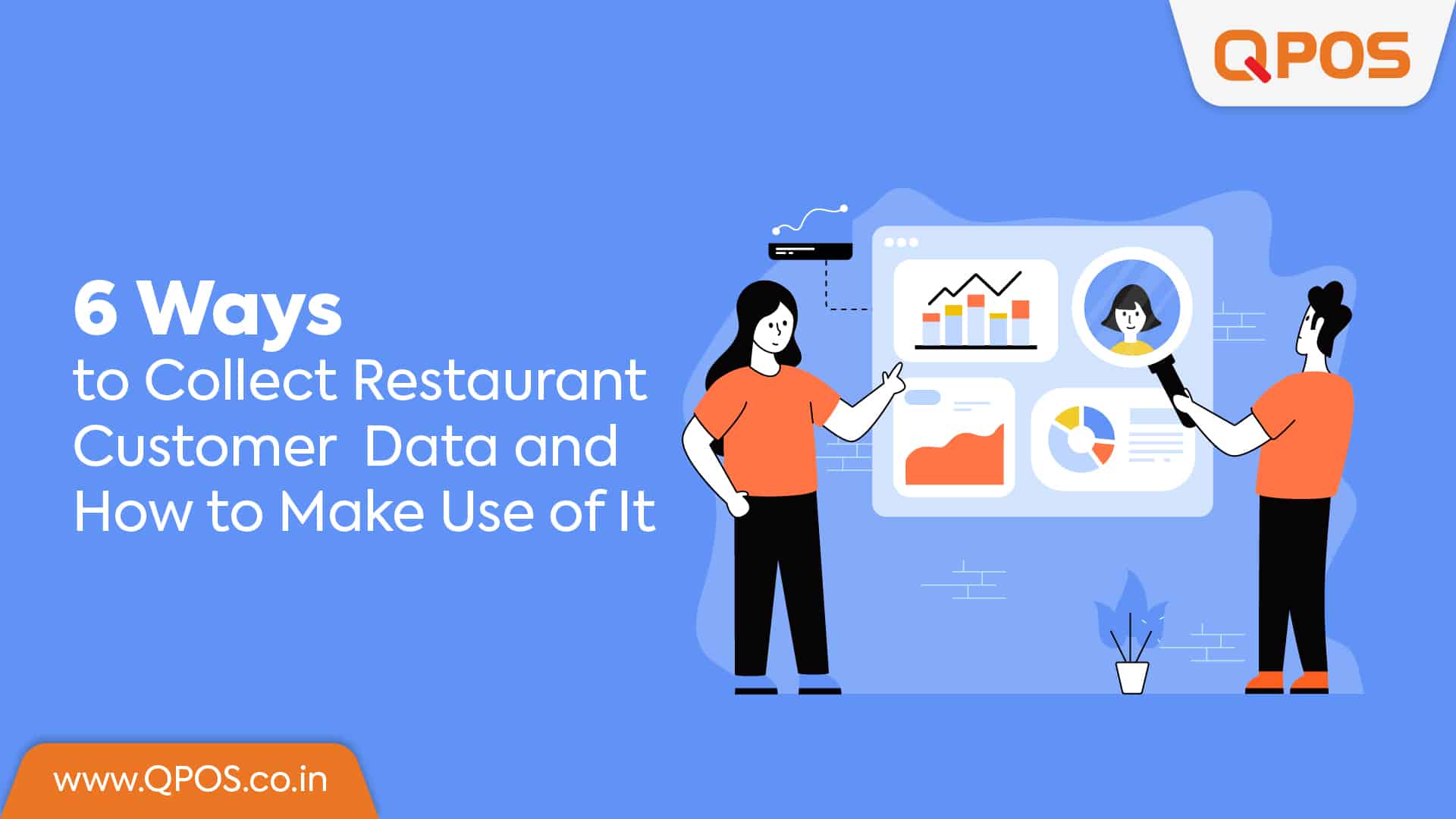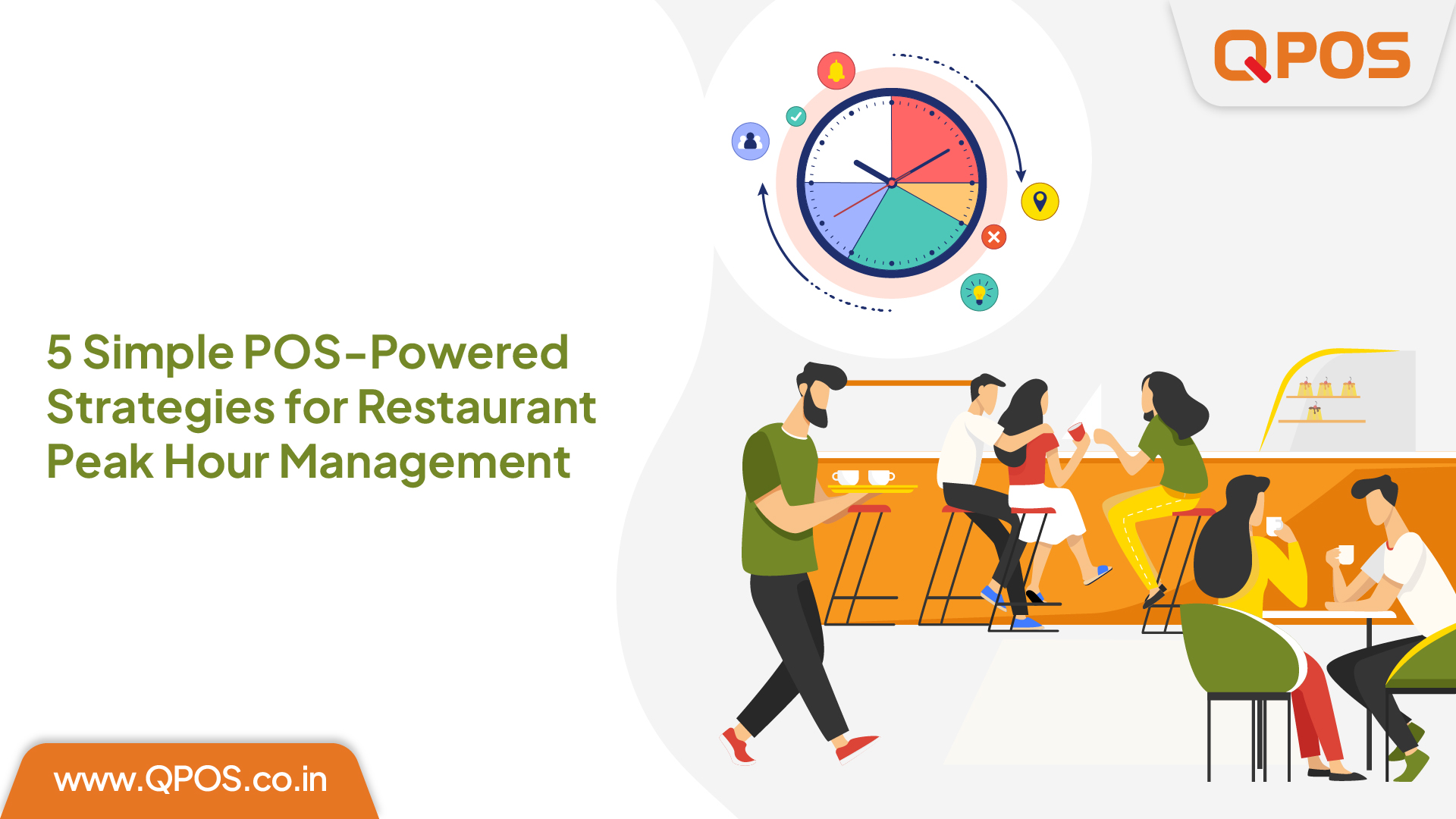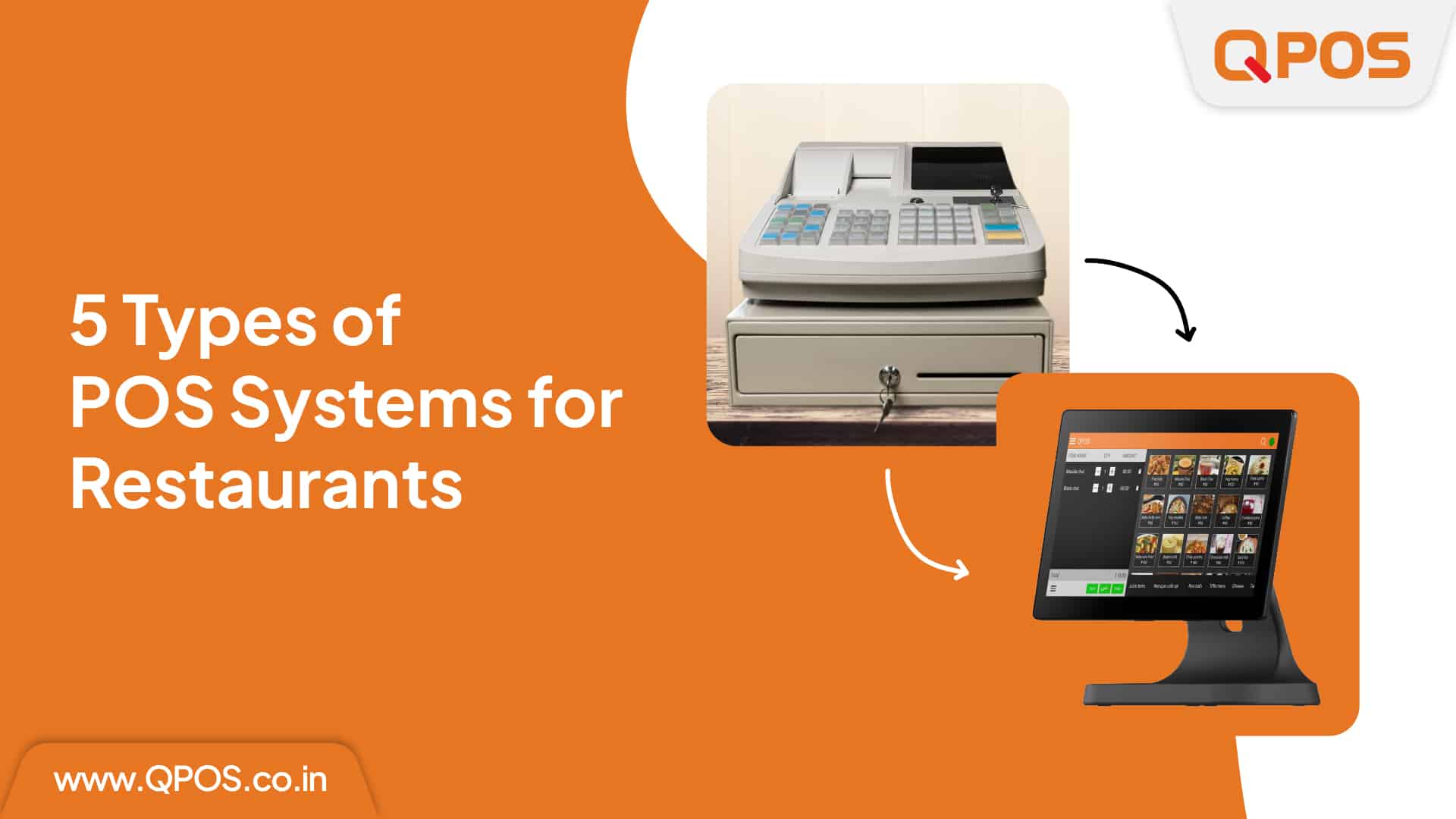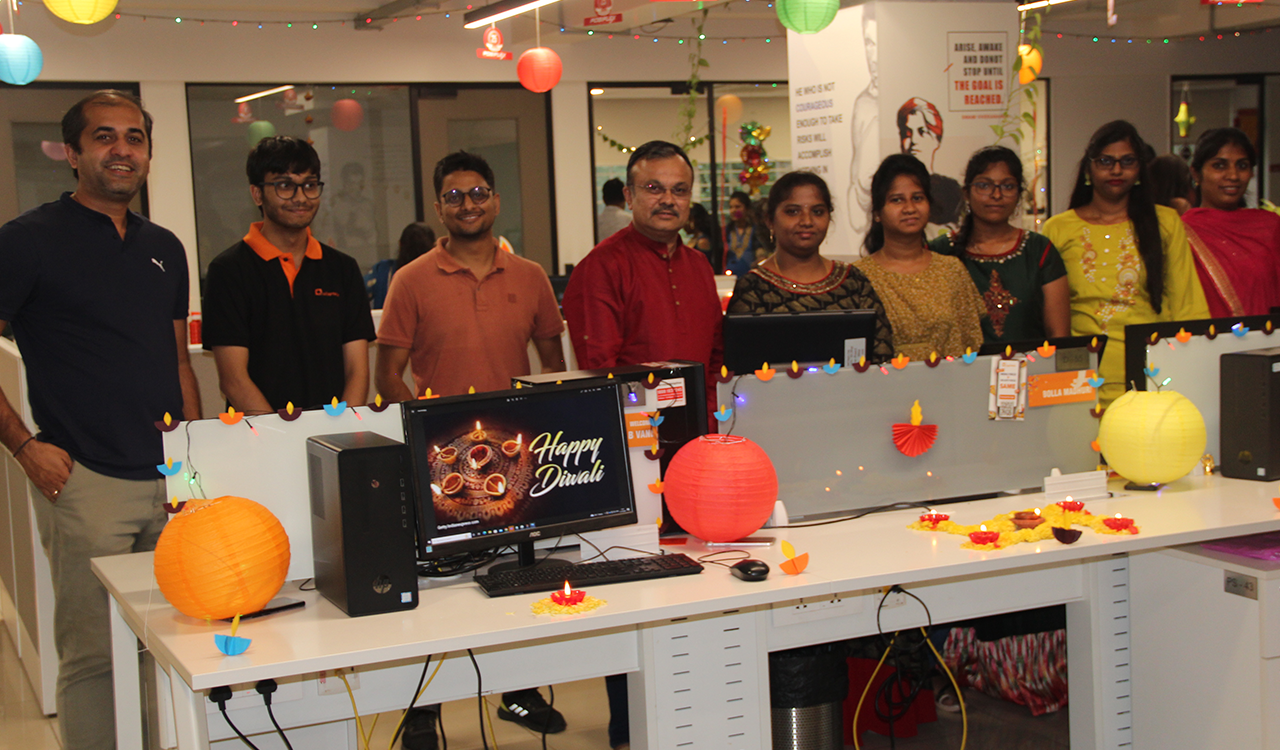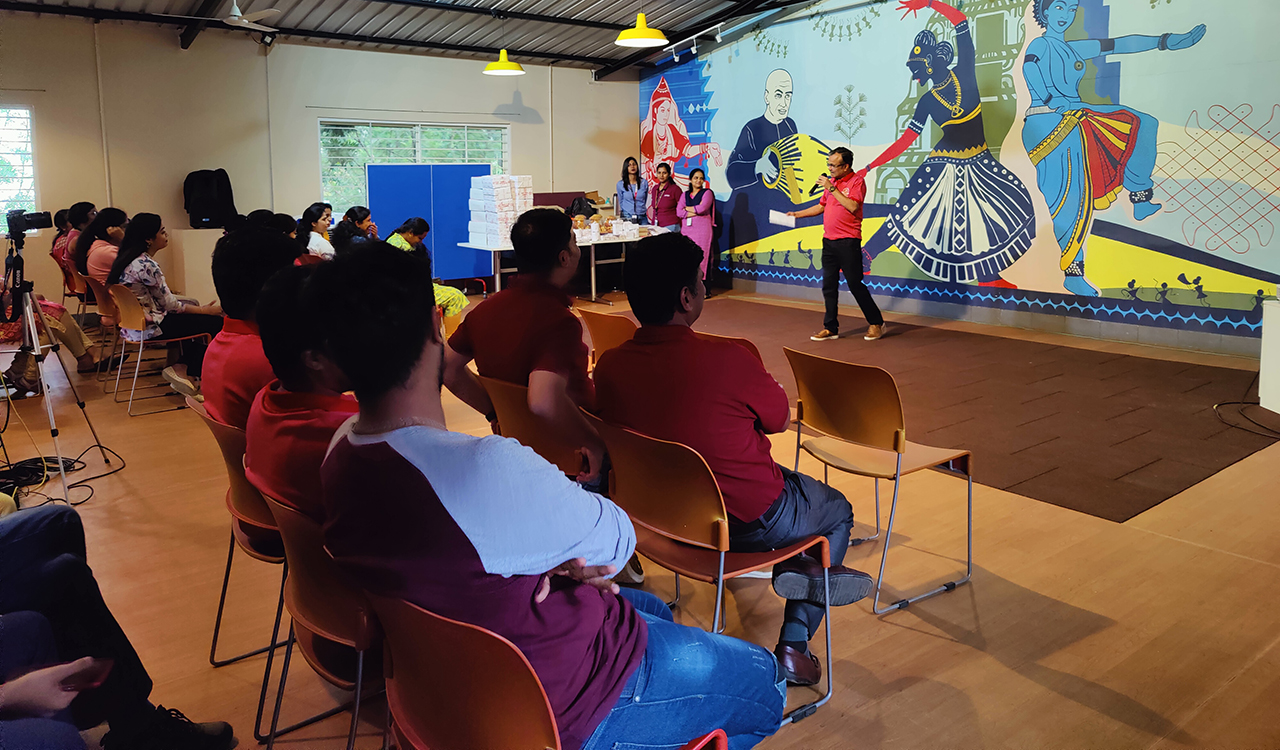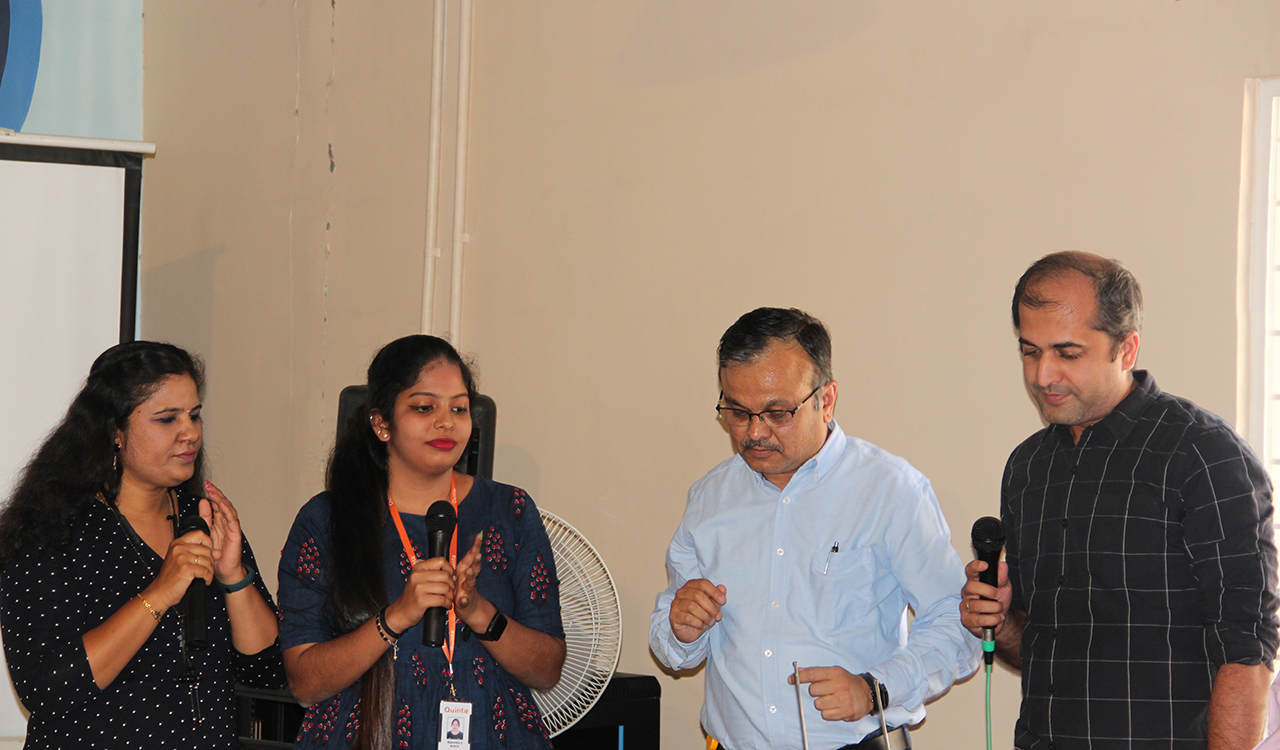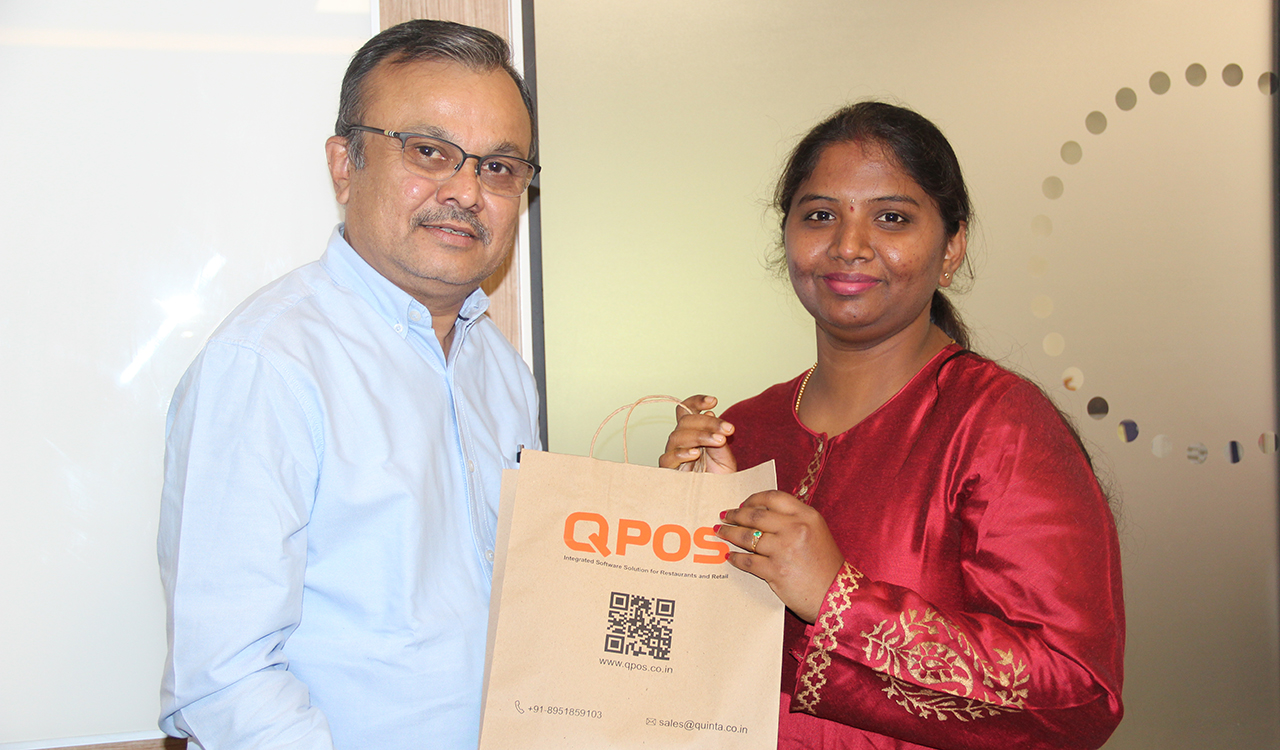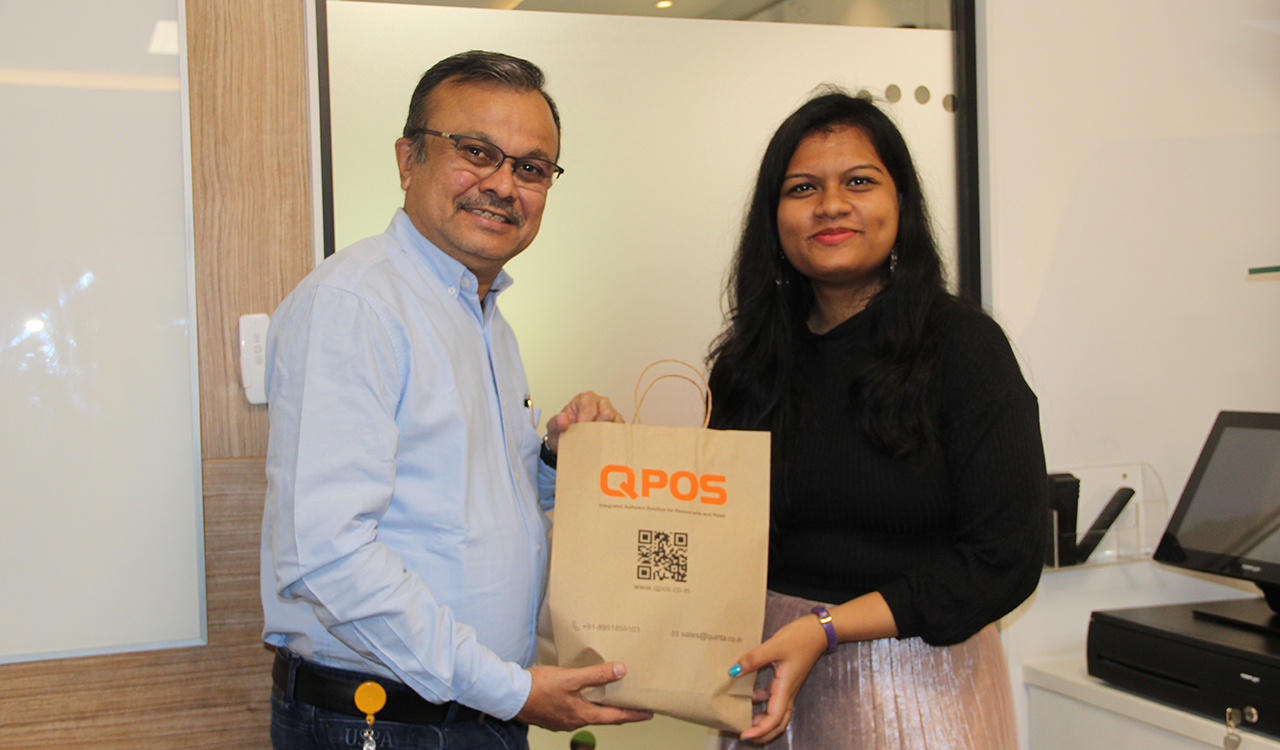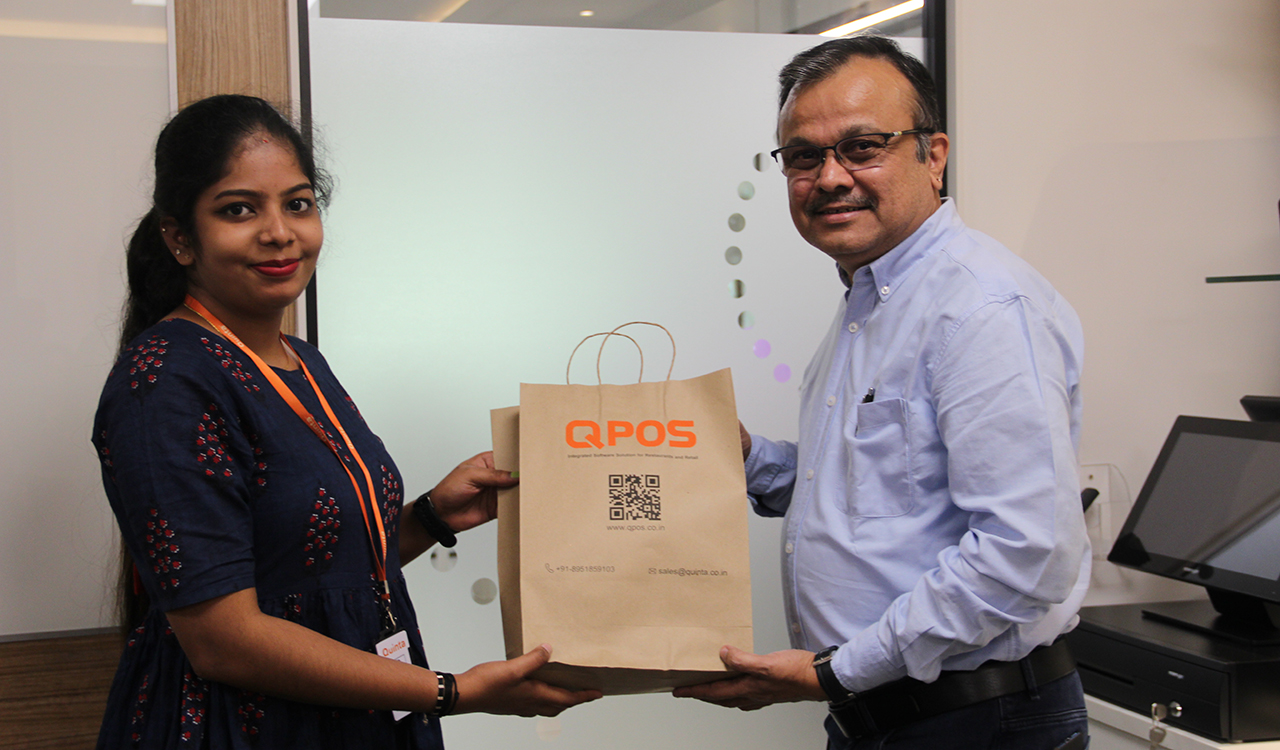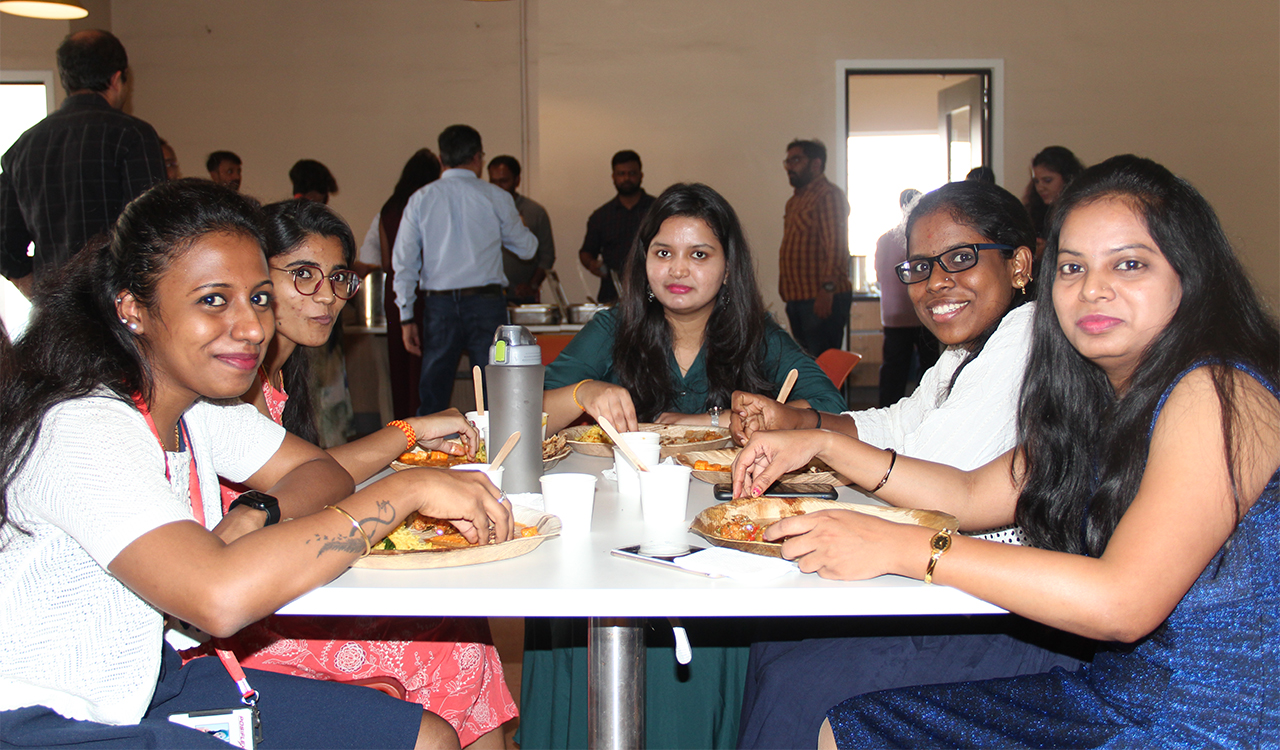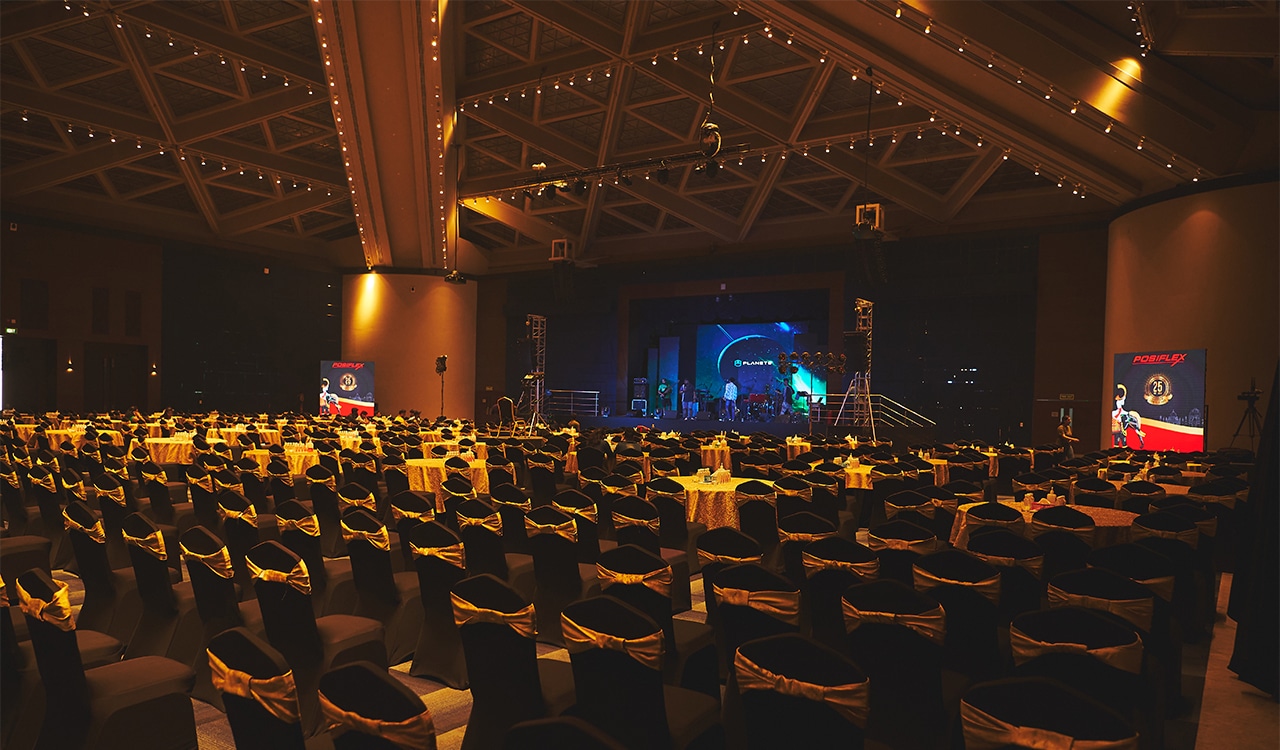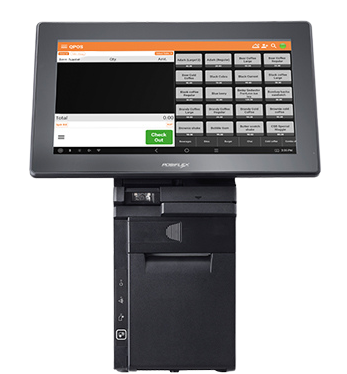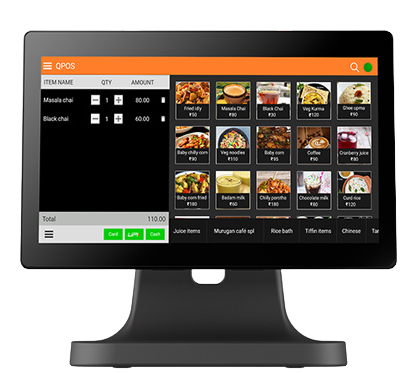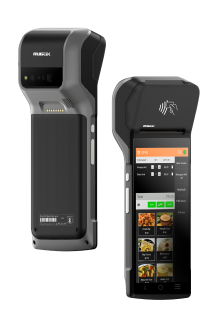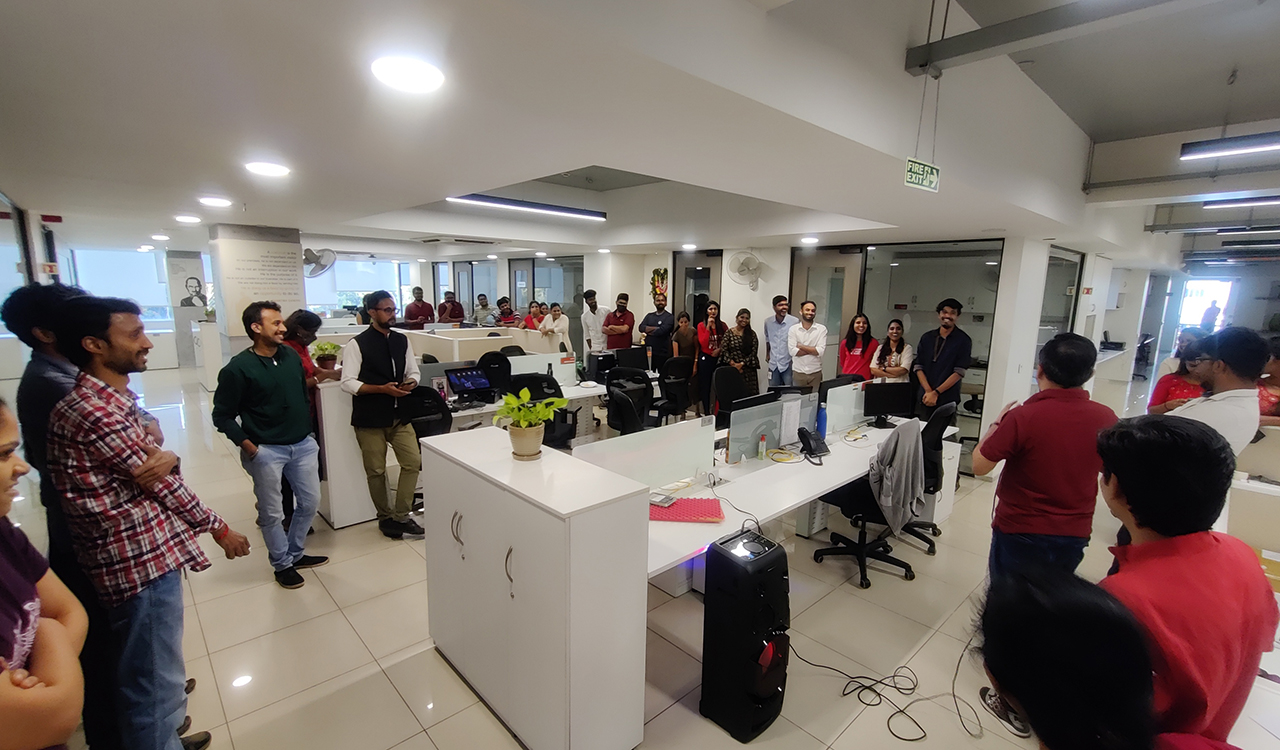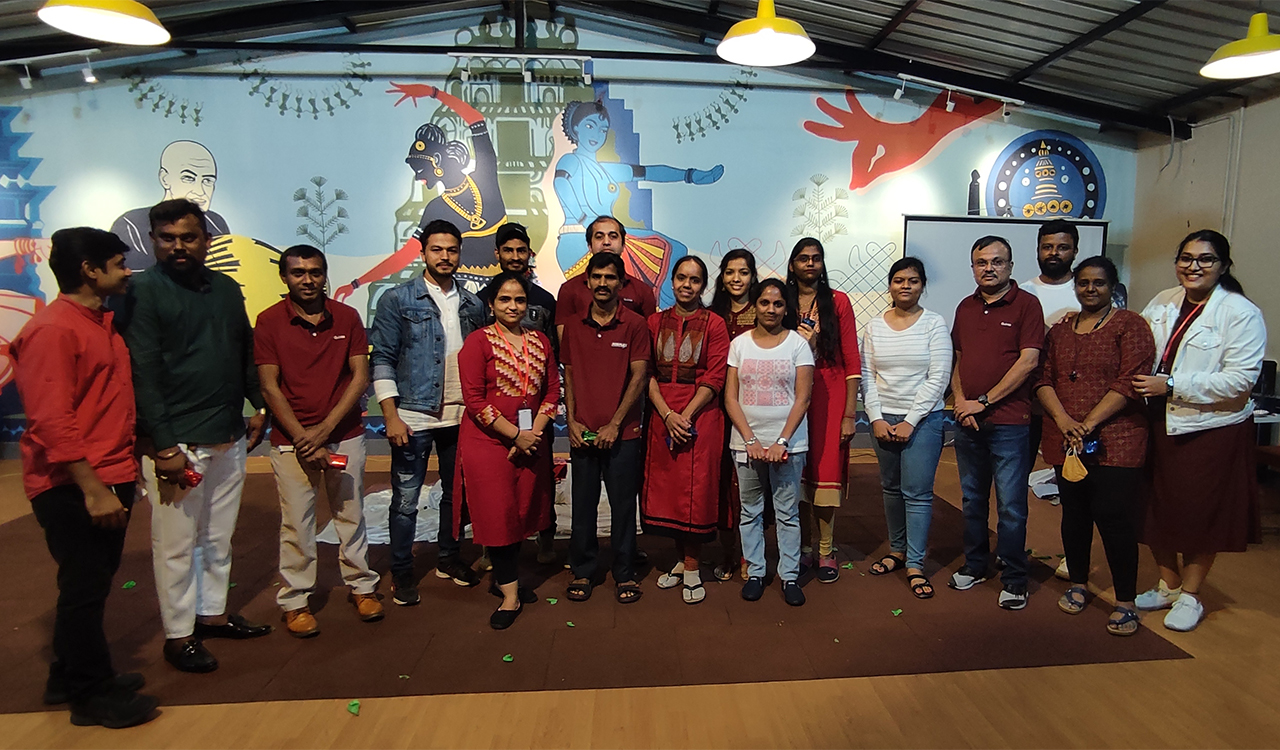6 Ways to Collect Restaurant Customer Data and How to Make Use of It
Nowadays, data collection and usage are the backbone of any business. Even restaurant customer data is collected to give personalised recommendations to customers.
For instance, when you search for ‘coffee near me,’ your most visited coffee place or its branch usually pops up first on your results.
Businesses can understand your preferences, visit patterns, and location history through data analytics. This allows them to tailor their offerings and marketing strategies to your needs.
This article explores 6 practical ways restaurants can collect customer data and their utilisation.
6 Ways to Collect Restaurant Customer Data
1.Direct Requests
The primary data restaurants collect are names, contact numbers, and email addresses. The aim of collecting these is to share restaurant marketing ideas with them. Often, a promotion or new menu is marketed through emails and SMS.
Restaurants collect this data by requesting them to opt in if they want to make a reservation or log into the Wi-Fi. Customers also give it voluntarily, getting freebies or discounts tailored to their needs.
2.Third-Party Online Orders and Reservations
Restaurants have struck a jackpot with third-party apps like Swiggy and Zomato to obtain restaurant customer data. In some cases, restaurants use these orders to promote their delivery system.
They slip a pamphlet or leaflet with exciting offers such as lower delivery charges or bigger discounts.
Data like names, email, home addresses, and phone numbers are collected through online orders and reservations.
3.Loyalty Programs
Loyalty programs increase restaurant visits, which helps restaurants to gain insight into their preferences.
Restaurants can incentivise customers to provide their contact information by offering rewards, discounts, or exclusive offers for signing up. Then, you can track customer spending habits and offer personalised offers so they always choose your restaurant.
4.WiFi Analytics
Offering free WiFi to customers is a common practice in many restaurants. Restaurant customer data is collected by requiring customers to log in with their email addresses or social media accounts. It tracks customer demographics, visit frequency, and dwell times.
This information can be used to optimise restaurant layouts, staffing levels, and marketing strategies.
5.Social Media Engagement
Restaurants focus on having a strong social media presence nowadays. It is a channel to connect with customers and gather immense data.
The current generation of internet users click pictures of their dishes and tag the restaurant during their visits. This way, vast amounts of data are being collected through:
- Social media contests
- Interactive pools
- Check-ins
- Photo sharing
6.Mobile Apps
Developing a branded mobile app can give restaurants a direct channel to their customers. Restaurants can collect data by integrating features such as online ordering, loyalty programs, and personalised recommendations.
How to Strategically Utilise the Restaurant Customer Data?
Collecting customer data is the first step; the real value lies in how restaurants analyse and utilise this information to drive business growth. Here are a few ways they can be taken advantage of:
- Restaurants can create personalised marketing campaigns tailored to specific customer segments.
- Restaurant customer data can provide valuable insights into menu preferences, best-selling items, and underperforming dishes. Restaurants can use this information to refine their menus.
- It will be easy to achieve operational efficiency by analysing peak hours, order volumes, and staffing rotations data.
- Customer data can enhance relations between patrons by tracking their visiting frequency and spending habits.
- Restaurant owners and managers can make strategic decisions by combining customer data with financial data, sales reports, and other business intelligence.
Bottom Line
The bottom line is that collecting restaurant customer data presents many opportunities for them to improve themselves. They enhance customer experiences, streamline processes, and drive profitability.
Most of the customer data can be collected in-house with a robust restaurant POS system. If you are looking for a comprehensive and modern solution, choose QPOS. Our point-of-sale system can help you gather valuable data from multiple sources.
Visit our website today to learn more about QPOS!

